Where Media Careers Begin
If you’ve been wondering what happened to the Connecticut School of Broadcasting, you’re not alone. After 60 years of building a trusted reputation under that name, we understand the curiosity.
Here’s the truth: we’re still CSB—same heart, same family-owned business, same mission. We’ve simply evolved to match the world around us.
From Broadcasting Roots to a Broader Media Future
Founded in 1964, the Connecticut School of Broadcasting was known nationwide as the go-to place for hands-on training in radio and television. Over the decades, as media shifted—from analog to digital, from broadcast to streaming, from tape decks to TikTok—we kept growing too.
In 2020, we made it official: we updated our name to CSB Media Arts Center to better reflect the full spectrum of modern media we now teach. But while the name changed, the initials remained—and so did the spirit behind them.
“The initials ‘CSB’ have always meant opportunity in media. That hasn’t changed—only the world around us has,” says Jim Robinson, President.
“We may go by CSB Media Arts Center now, but at our core, we’re the same hands-on, real-world training center we’ve always been.”
What “CSB” Still Stands For
If you’ve ever been part of the CSB community—whether as a student, alum, parent, or industry partner—you’ve probably called us “CSB” all along. And that’s not changing.
- CSB still stands for Connecticut School of Broadcasting.
- CSB still means hands-on media education.
- CSB is still us.
Our new name honors our past and embraces the future of media. It captures the full range of what we do today while keeping our identity intact.
Our Programs: Real-World Media Training, Evolved
Media has grown far beyond radio booths and television studios—and so have we. Today, CSB Media Arts Center offers accelerated, practical training in:
- 🎙 Broadcast Media
- 🎬 Filmmaking & Video Production
- 📲 Social Media Marketing
- 💻 Web Design & Development
You can take courses in person or online at any of our CSB campuses, and most programs can be completed in just a few months. That means students can gain real-world skills and industry experience—without the cost or time commitment of a traditional four-year degree.
Why the Name Change Matters
The shift from Connecticut School of Broadcasting to CSB Media Arts Center isn’t about leaving the past behind. It’s about making room for everything media is today—and everything it will become.
💬 “Our alumni still recognize us. Our mission hasn’t changed. The same heart, the same family-owned business, just a name that fits our future.”
If you’ve been searching for CSB, you’ve found us.
We’re still here—and we’re just getting started.
🎓 Ready to Start Your Media Career?
Explore our programs and find your fit at gocsb.com, or reach out directly to connect with our team.
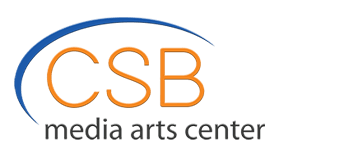

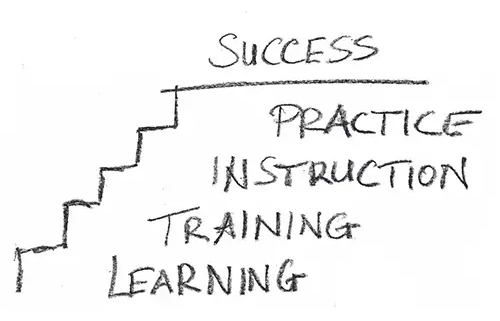
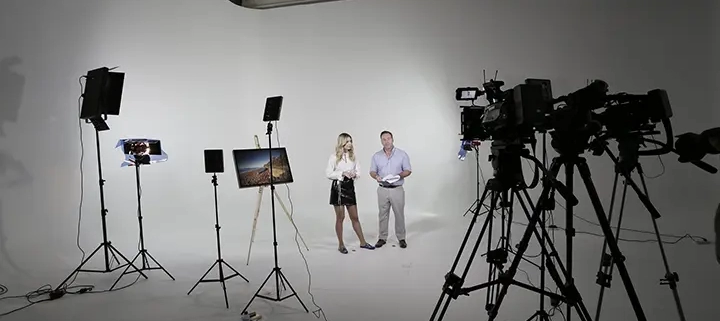

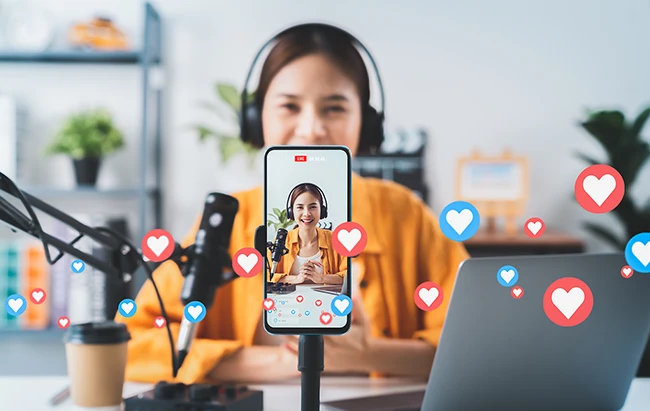
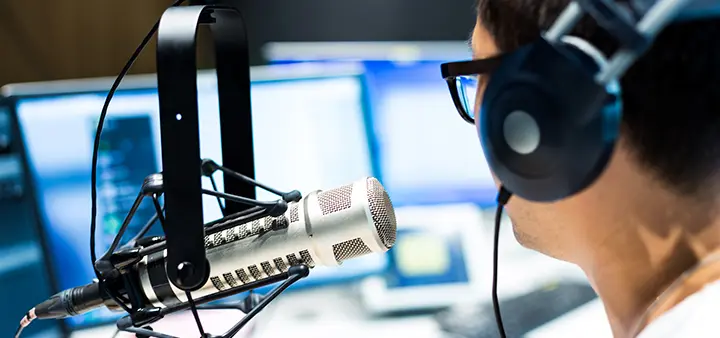
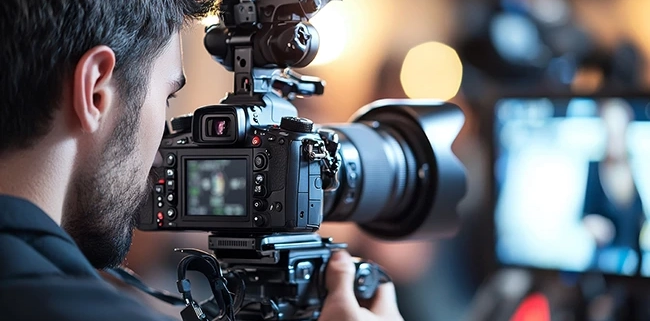
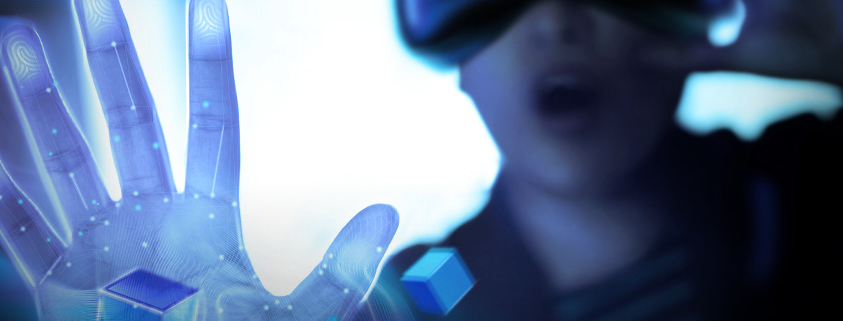
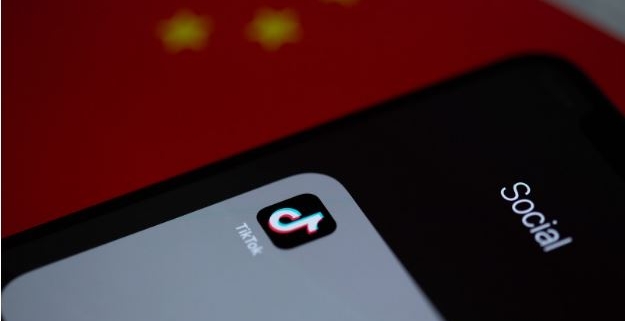

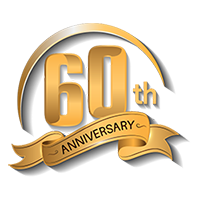
 Request Info >>
Request Info >>